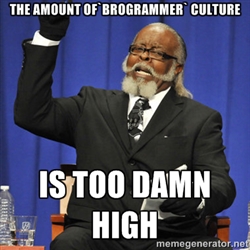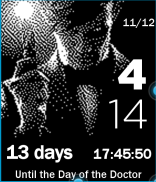
The wonders of the online world stop right about the time someone receives anonymous sexual, racial or aggressive threats. No longer can our society grow and become enlightened by technology, instead we end up as cowardly, inappropriate beings, sitting in our pyjamas hiding behind our laptop screens. Quite frankly, how pathetic! These ideas may have come about through a brogrammer community or simply because women are severely under represented in this industry (only 21% in 2010), but these are not justifiable reasons for the degrading the female population has been receiving.
After reading the article by Jill Filipovic, I was appalled to hear of the attacks she received from online users. After being made aware she was posted on the AutoAdmit website, she quickly became aware of the darker side of the internet. Making complaints and attempting to get the attackers to cease only enhanced the fire. When superiors were questioned about the outcome and threats Filipovic received their answer was basically ‘she asked for it’. And why? Because she was a woman, presented her ideas and opinions online. She entered and environment that some have determined no place for a women.
But the question to raise here is, why do people feel it is justifiable to project fear, humiliation and discrimination against others when using online resources? It is their anonymity that is their greatest strength.
Through organisations like FemTechNet, women are fighting back. Through utilising the process of wikistorming (whereby online articles are adapted to reflect a balanced gender representation) women are able to communicate in a more reasonable and hopefully safer environment.
In order for our society to move forward and out of this dark dismissive whole, a change in ideology must occur. One where people stop viewing their opinion as being the only option out there, where we choose to educate others about diversity and where our society is made aware that this harassment is occurring.
References:
ABC 2014, ‘Men call me things: it’s not as romantic as it sounds’, Evans K, http://www.abc.net.au/unleashed/3659712.html (Accessed 12th of May 2014)
The Guardian 2014, ‘Women bloggers call for a stop to ‘hateful’ trolling by misogynist men’, Thorpe V. et al, http://www.theguardian.com/world/2011/nov/05/women-bloggers-hateful-trolling (Accessed 12th of May 2014)
The Guardian 2014, ‘How prevalent is online abuse?’, Jowit J., http://www.theguardian.com/politics/reality-check/2013/jul/29/online-abuse-twitter-social-media (Accessed 16th of May 2014)











